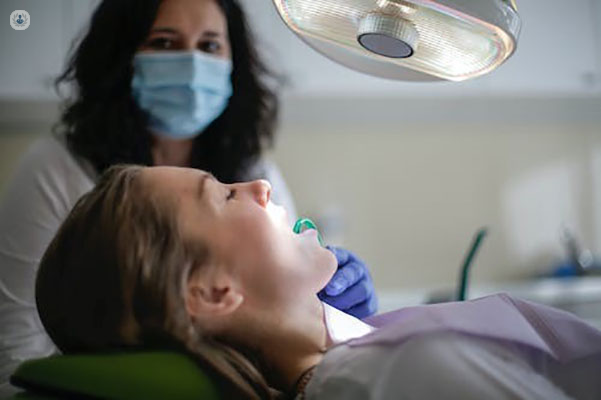Corrective jaw surgery: key facts
Written by:Corrective jaw surgery is the latest medical topic up for discussion today in one of our latest articles. Below, esteemed orthodontist, Dr Moira Wong, tells us all we need to know about the procedure.

What is the difference between corrective jaw surgery and orthognathic surgery?
These are both terms to describe the same procedure where jaws are surgically repositioned to normal values when measured from the base of the skull in order to correct jaw deformity and create a more balanced facial profile. This is something that has the advantage of being both functionally advantageous as well as aesthetically pleasing.
Who might require jaw surgery?
Patients may present with either facial asymmetry, a reduced chin-neck distance, a prominent lower jaw, or a combination. Often, there are discrepancies both anteriorly or posteriorly, vertically, and/or in the transverse dimension. Careful diagnosis and analysis of radiographs, clinical photographs, and an examination are all required to analyse the discrepancies.
Is the surgery the only effective alternative available?
This will all depend on the degree of jaw deformity that the patient in question is suffering from. In a growing child with an underbite, there are now new procedures available that can be effective in carefully selected cases where one can redirect unfavourable growth patterns in order to reduce the likelihood of jaw surgery being required later on in life.
What are the risks associated with the surgery?
The main risks include bleeding, inflammation, and swelling.
What are the benefits of the procedure?
My experience of looking after patients undergoing this patient journey is that they feel so empowered following their treatment that they start to live their lives differently. I can only describe the transformation as a "blossoming" of the patient. They are the same person but their new faces often make the patients braver and more confident to do things that they might not have considered doing prior to their treatment.
What should you do after orthognathic surgery?
Following orthognathic surgery, braces are worn for a further nine to 12 months to ensure that the teeth fit together precisely. This stabilises the patient’s jaw and tooth position.
To schedule in an appointment with Dr Moira Wong today, simply head over to her Top Doctors profile.


